Dji Mini 2 Nd Filter How To Use ?
To use an ND filter with the DJI Mini 2 drone, follow these steps:
1. Purchase an ND filter that is compatible with the DJI Mini 2 camera.
2. Power on the drone and attach the ND filter to the camera lens.
3. Open the DJI Fly app on your mobile device and connect to the drone.
4. Go to the camera settings and select the manual mode.
5. Adjust the shutter speed and ISO settings to achieve the desired exposure.
6. Fly the drone and capture footage as usual.
The ND filter will help to reduce the amount of light entering the camera, which can help to prevent overexposure and improve the overall quality of your footage. It is particularly useful when filming in bright sunlight or other high-contrast environments.
1、 Understanding ND Filters for DJI Mini 2
DJI Mini 2 is a popular drone among enthusiasts and professionals alike. One of the essential accessories for this drone is the ND filter. ND filters are used to reduce the amount of light entering the camera lens, allowing you to capture better quality footage in bright conditions. Here's how to use ND filters for DJI Mini 2:
1. Choose the right ND filter: ND filters come in different strengths, ranging from ND4 to ND32. The higher the number, the more light is blocked. Choose the right filter based on the lighting conditions you're shooting in.
2. Install the filter: DJI Mini 2 ND filters are screw-on filters that attach to the camera lens. Simply screw the filter onto the lens, making sure it's securely attached.
3. Adjust camera settings: Once the filter is attached, adjust the camera settings to compensate for the reduced light. You may need to adjust the shutter speed, ISO, or aperture to get the right exposure.
4. Start shooting: With the ND filter attached and camera settings adjusted, you're ready to start shooting. The ND filter will help you capture better quality footage in bright conditions, with less overexposure and better color saturation.
In conclusion, ND filters are an essential accessory for DJI Mini 2 users who want to capture high-quality footage in bright conditions. By choosing the right filter, installing it correctly, and adjusting camera settings, you can get the most out of your drone and capture stunning footage.
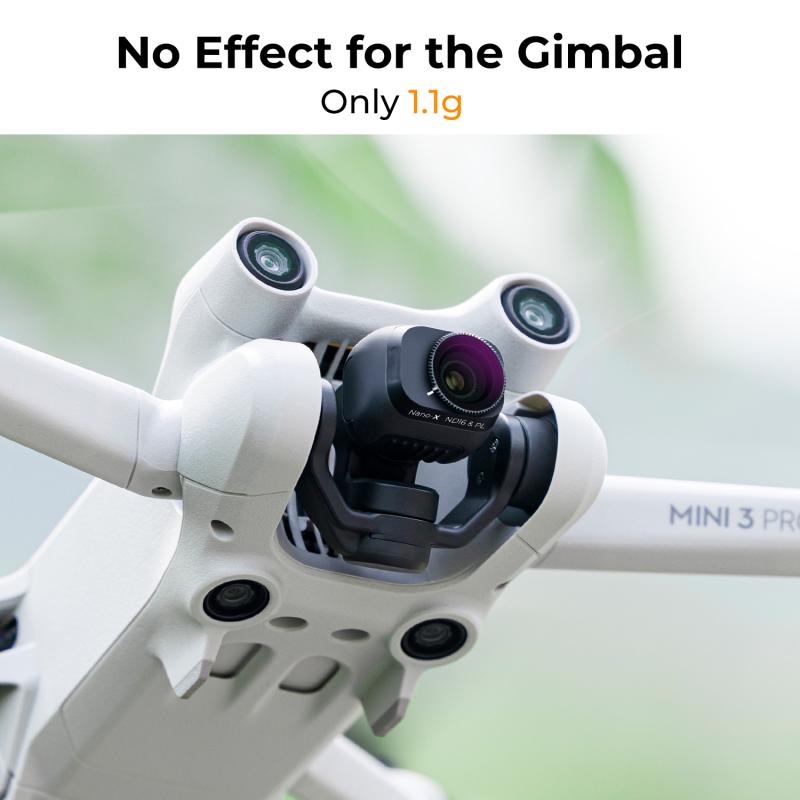
2、 Choosing the Right ND Filter for Your Needs
DJI Mini 2 ND filters are essential for capturing high-quality footage in bright sunlight. They help to reduce the amount of light entering the camera lens, which prevents overexposure and allows for slower shutter speeds. However, choosing the right ND filter for your needs can be a bit confusing. Here are some tips on how to use DJI Mini 2 ND filters effectively:
1. Determine the amount of light: The first step in choosing the right ND filter is to determine the amount of light in your shooting environment. This will help you to select the appropriate filter strength.
2. Choose the right filter strength: ND filters come in different strengths, ranging from ND2 to ND1000. The higher the number, the darker the filter. For bright sunny days, a filter strength of ND16 or ND32 is recommended.
3. Consider the effect on shutter speed: When using an ND filter, the shutter speed will be slower, which can result in motion blur. If you want to capture fast-moving objects, you may need to use a higher filter strength or increase the ISO.
4. Use manual settings: When using an ND filter, it's important to use manual settings to ensure that the exposure is correct. This includes adjusting the aperture, shutter speed, and ISO.
5. Experiment with different filters: Different ND filters can produce different effects, so it's worth experimenting with different strengths to find the one that works best for your needs.
In conclusion, using DJI Mini 2 ND filters can greatly improve the quality of your footage, but it's important to choose the right filter strength and use manual settings to ensure the best results. With a little experimentation, you can capture stunning footage in even the brightest sunlight.
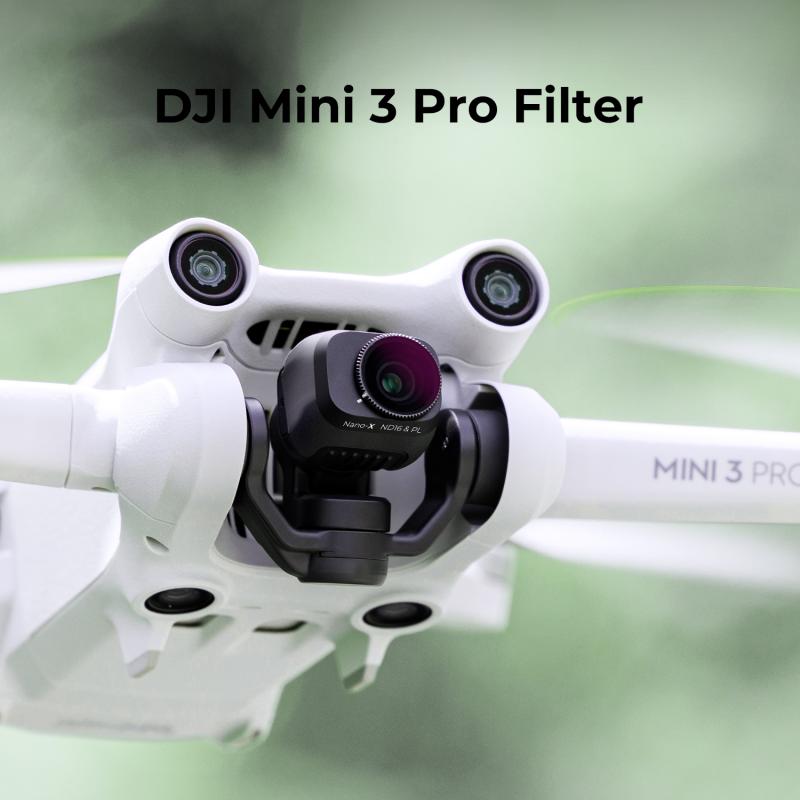
3、 Installing and Removing ND Filters on DJI Mini 2
DJI Mini 2 is a popular drone among photography enthusiasts, and using ND filters can enhance the quality of the footage captured. ND filters help to reduce the amount of light entering the camera lens, which can result in better exposure and more natural-looking footage. Here's how to install and remove ND filters on DJI Mini 2:
1. First, ensure that the drone is turned off and the gimbal is in a stable position.
2. Locate the filter holder on the camera lens. It is a small circular ring that can be unscrewed.
3. Choose the appropriate ND filter for the lighting conditions. DJI Mini 2 ND filters come in different strengths, such as ND4, ND8, and ND16.
4. Screw the ND filter onto the filter holder. Ensure that it is securely attached and aligned with the camera lens.
5. Turn on the drone and check the camera view to ensure that the ND filter is working correctly.
6. To remove the ND filter, unscrew it from the filter holder and store it in a protective case.
It is essential to use high-quality ND filters that are specifically designed for DJI Mini 2 to avoid damaging the camera lens. Additionally, it is recommended to practice using ND filters in different lighting conditions to understand their effects on the footage. Overall, using ND filters can significantly improve the quality of the footage captured by DJI Mini 2.

4、 Adjusting Camera Settings with ND Filters
DJI Mini 2 ND filters are essential accessories for drone photography and videography. They help to reduce the amount of light entering the camera lens, allowing you to capture more cinematic footage with a slower shutter speed and wider aperture. However, using ND filters requires some adjustments to your camera settings to achieve the best results.
To use an ND filter with your DJI Mini 2, you need to first attach the filter to the camera lens. The Mini 2 has a screw-on filter system, so you simply need to screw the filter onto the lens until it's securely attached. Once the filter is attached, you can adjust your camera settings accordingly.
The most important setting to adjust when using ND filters is the shutter speed. With an ND filter, you can use a slower shutter speed to capture more motion blur and create a more cinematic look. However, you need to be careful not to use too slow of a shutter speed, as this can result in blurry footage. A good rule of thumb is to use a shutter speed that's double your frame rate. For example, if you're shooting at 30 frames per second, use a shutter speed of 1/60th of a second.
You may also need to adjust your aperture and ISO settings to compensate for the reduced light entering the camera lens. With a wider aperture, you can let in more light and create a shallower depth of field. However, this can also result in a softer image, so you need to find the right balance between aperture and sharpness. Similarly, increasing the ISO can help to brighten your footage, but it can also introduce noise and reduce image quality.
In summary, using ND filters with your DJI Mini 2 requires some adjustments to your camera settings, particularly the shutter speed. By experimenting with different settings and finding the right balance between exposure and image quality, you can capture stunning aerial footage with your drone.
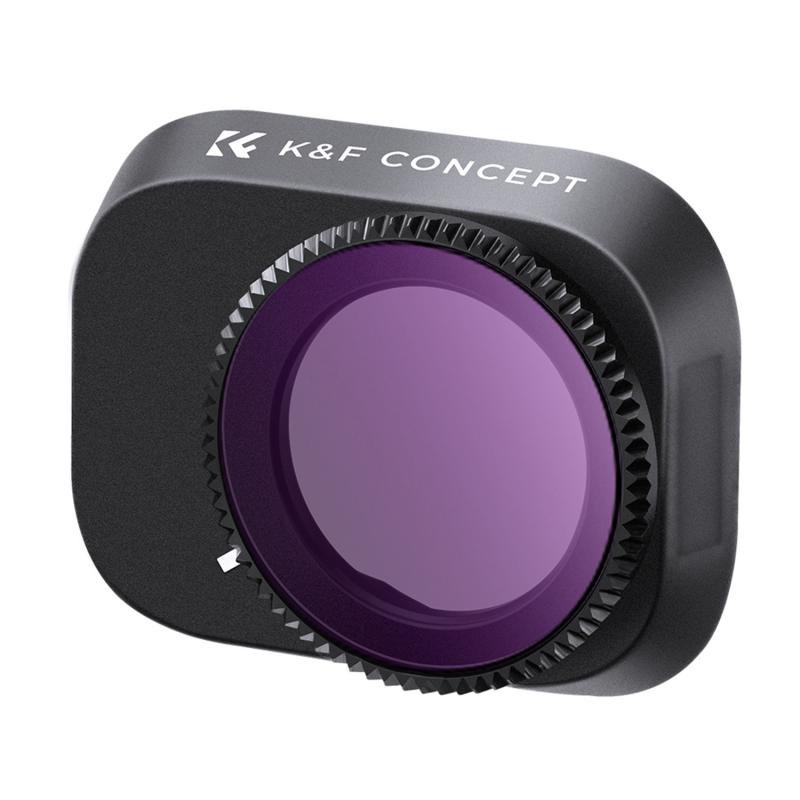

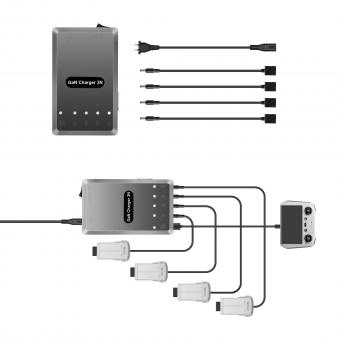
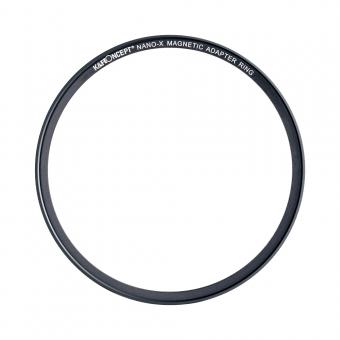





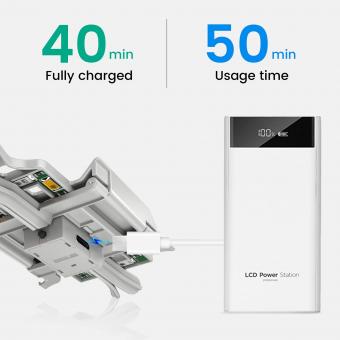
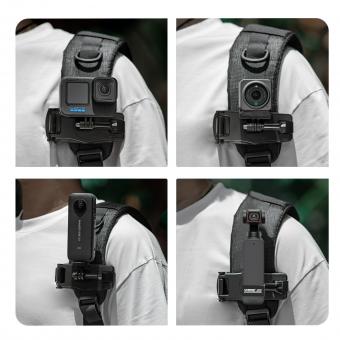
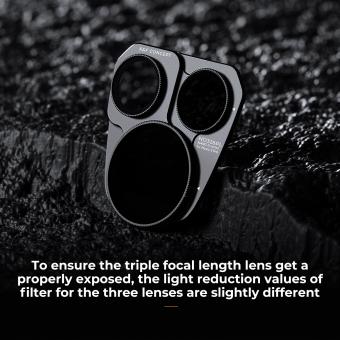
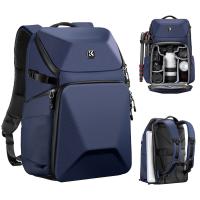


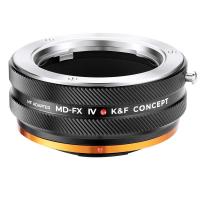
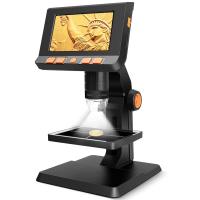
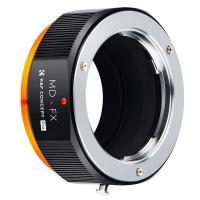
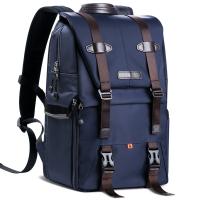
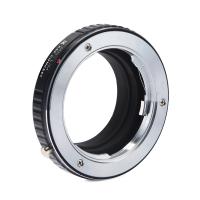


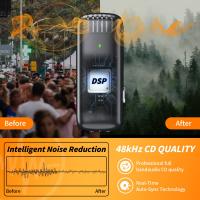
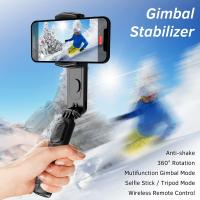



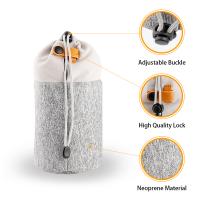
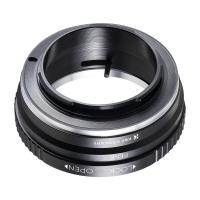
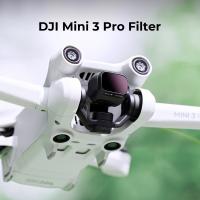
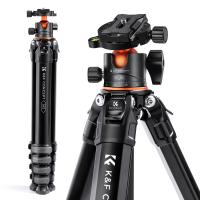
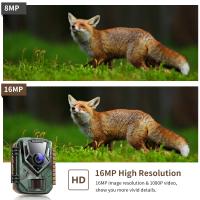
There are no comments for this blog.